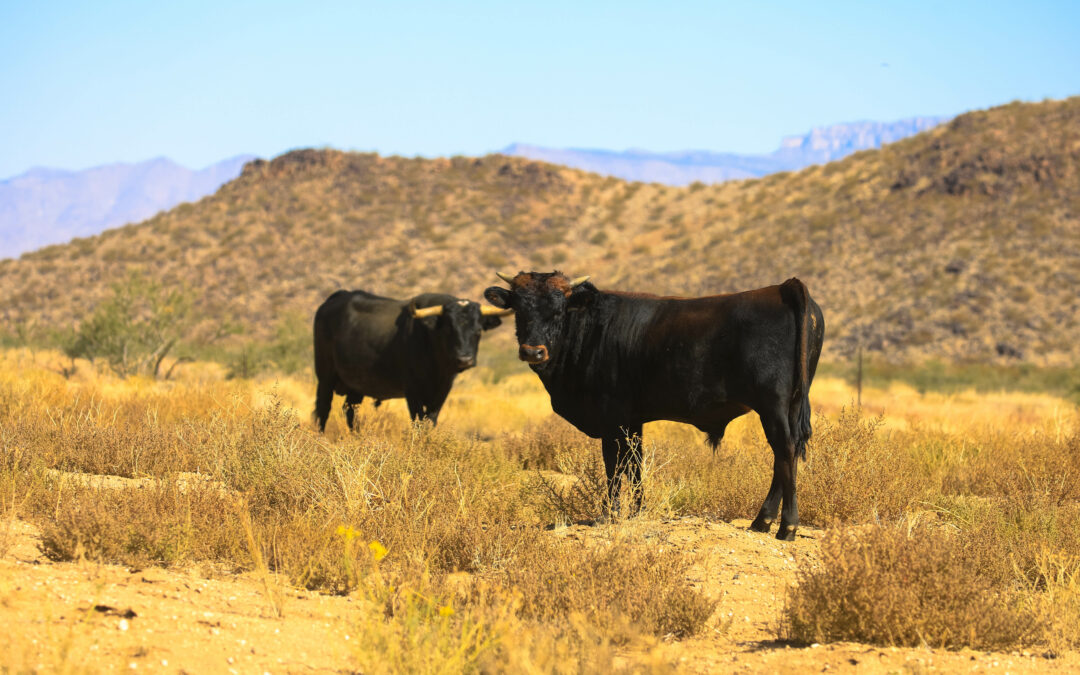Your pets are important members of your family, so they need to be included in your family’s emergency plan. If you have a plan in place for you and your pets, you will likely encounter less difficulty, stress, and worry when you need to make a decision during an emergency.
Build a Kit for Your Pet
Just as you do with your family’s emergency supply kit, think first about the basics for survival, such as food and water. Have two kits, one larger kit if you are sheltering in place and one lightweight version for if you need to evacuate. Review your kits regularly to ensure that their contents, especially foods and medicines, are fresh.
Items you may want to include in an emergency kit for your pet:
- Food (Keep several days’ supply of food in an airtight, waterproof container)
- Water (Store a water bowl and several days’ supply of water)
- Medicine (Keep an extra supply of the medicine your pet takes on a regular basis in a waterproof container)
- First aid kit (Talk to your veterinarian about what is most appropriate for your pet’s emergency medical needs)
- Collar with ID tag and a harness or leash (Include a backup leash, collar and ID tag. Have copies of your pet’s registration information and other relevant documents in a waterproof container and available electronically)
- Traveling bag (crate or sturdy carrier, ideally one for each pet)
- Grooming items (Pet shampoo, conditioner and other items, in case your pet needs some cleaning up)
- Sanitation needs (Include pet litter and litter box, if appropriate, newspapers, paper towels, plastic trash bags and household chlorine bleach to provide for your pet’s sanitation needs)
- A picture of you and your pet together (If you become separated from your pet during an emergency, a picture of you and your pet together will help you document ownership and allow others to assist you in identifying your pet)
- Familiar items (Put favorite toys, treats or bedding in your kit. Familiar items can help reduce stress for your pet)
Things to include in your plan:
- Have an evacuation plan for your pet. Many public shelters and hotels do not allow pets inside. Know a safe place where you can take your pets before disasters and emergencies happen.
- Develop a buddy system. Plan with neighbors, friends or relatives to make sure that someone is available to care for or evacuate your pets if you are unable to do so.
- Have your pet microchipped. Make sure to keep your address and phone number up-to-date and include contact information for an emergency contact outside of your immediate area.
- Contact your local emergency management office, animal shelter or animal control office to get additional advice and information if you’re unsure how to care for your pet in case of an emergency.
Tips for Large Animals
If you have pets such as horses, goats or pigs on your property, be sure to prepare before a disaster.
- Ensure all animals have some form of identification.
- Evacuate animals earlier, whenever possible. Map out primary and secondary routes in advance.
- Make available vehicles and trailers needed for transporting and supporting each type of animal. Also make available experienced handlers and drivers.
- Ensure destinations have food, water, veterinary care and handling equipment.
- If evacuation is not possible, animal owners must decide whether to move large animals to a barn or turn them loose outside.
What to do with pets and livestock in an evacuation event?
Take pets with you if feasible; if not, leave them outside not tied up or penned. Let livestock out of pens or fenced areas so they can fend for themselves. Have a predetermined safe area such as pasture to take livestock to. Large animals have proven to be quite resourceful in staying out of harms way.
Note: The Squaw Valley Rodeo Grounds serves as the livestock shelter in case of a fire.
Need Help with Animals?
- If you are in need of help transporting animals out during a fire, the Central California Animal Disaster Team is available to assist. Please visit: www.ccadt.org. Links are available on the website for you to fill out a request form.
- If you wish to volunteer or donate to CCADT, utilize the website above.
For more information in evacuation preparedness, visit the Fresno County Sheriff’s Office Evacuation Guidelines website.


Recent Comments